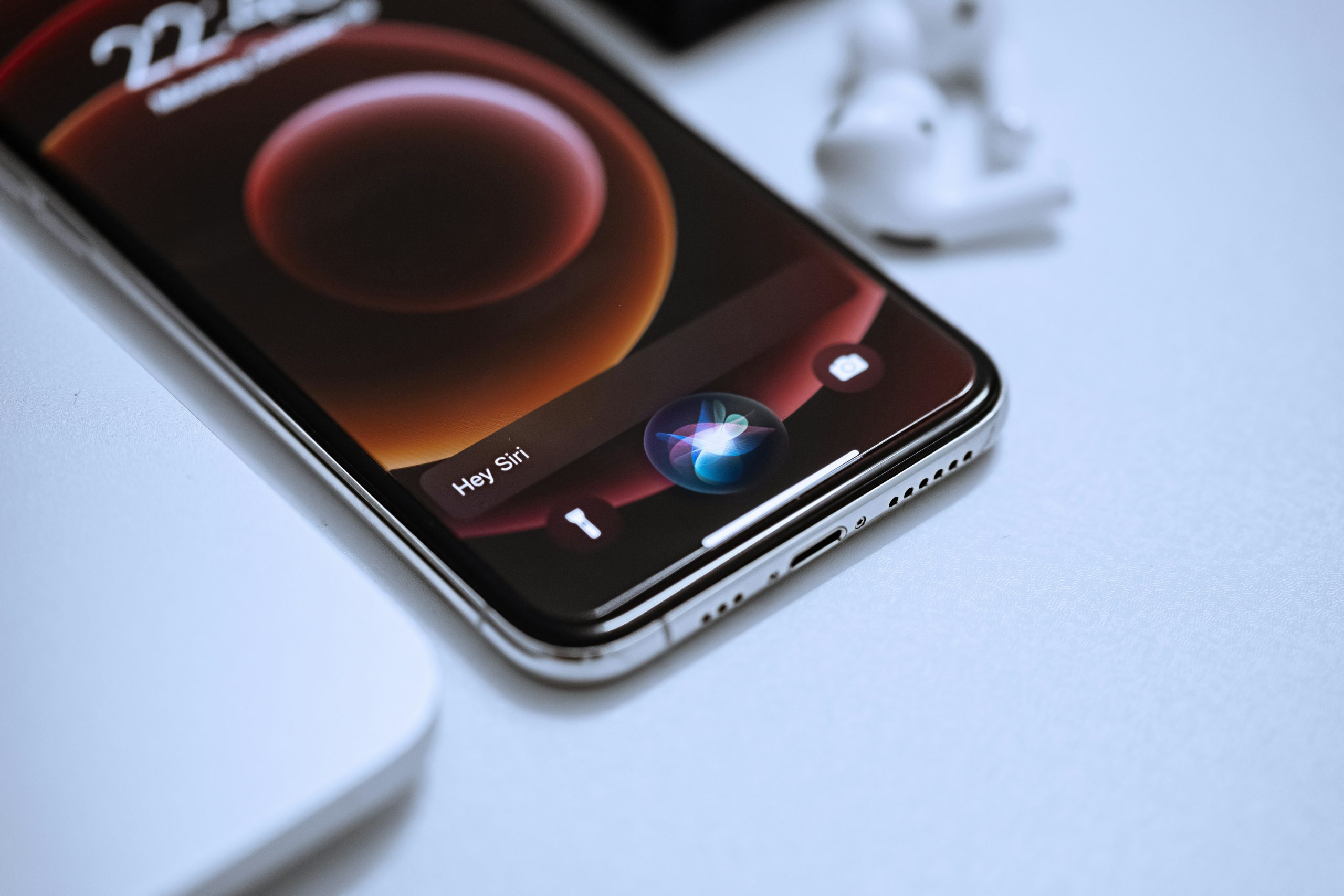In our increasingly digital world, the ability to seamlessly sync across devices has transformed how we manage our daily lives. Imagine effortlessly transitioning from your iPhone to your Mac, with every app and document at your fingertips—no more juggling between devices or worrying about missing files! This is where iCloud shines as an invaluable tool, acting as a bridge that connects your Apple ecosystem. However, many users remain oblivious to the full potential of this powerful service.
Ensuring all apps are synced correctly can be a game-changer for productivity and organization. Whether you’re sharing family photos via iCloud Photos or collaborating on documents through iWork apps, having everything in sync means less hassle and more focus on what truly matters. In this article, we’ll guide you through simple yet effective steps to ensure seamless integration of all your favorite applications with iCloud on both your iPhone and Mac. Say goodbye to confusion and hello to efficiency; let’s dive into making technology work for you!
Understanding iCloud and Its Benefits
iCloud serves as more than just a storage solution; it’s a seamless bridge that connects your devices, keeping your digital life synchronized and streamlined. Imagine having access to all your documents, photos, and essential data across your iPhone and Mac without the hassle of manual transfers or updates. With iCloud, not only do you save precious storage space on individual devices, but you also ensure that every change made on one device instantly reflects on another—making collaboration effortless and spontaneous.
Moreover, iCloud offers robust security features, including end-to-end encryption for sensitive information such as passwords and health data. This level of protection provides users with peace of mind amidst increasing concerns over privacy in the digital age. Additionally, its Family Sharing feature allows multiple users to share purchases across apps, music, movies—even subscriptions—fostering a sense of community while managing data costs effectively. By understanding these benefits and leveraging them correctly, you harness the full potential of iCloud to enhance productivity and connectivity across all aspects of your daily routine.
 Checking iCloud Settings on iPhone
Checking iCloud Settings on iPhone
To ensure your apps are syncing seamlessly with iCloud on your iPhone, the first step is to dive into your Settings. Navigate to the top of the menu and tap on your name; this will take you to your Apple ID settings where you can see a comprehensive overview of all things iCloud. Pay close attention to the “iCloud” option—you’ll find a list of apps using iCloud, as well as crucial toggles for enabling or disabling specific app sync features. If an app isn’t syncing properly, it could be because its toggle is switched off; with just a flick, you can reignite that connection.
Moreover, exploring what data each app backs up can revolutionize how you manage your digital life. For instance, understand that not only are contacts and photos backed up but also newer entries like health data and app-specific documents. This knowledge allows for strategic management—if you’re running low on space or need more focus on certain areas, you can selectively enable backups for essential apps while disabling them for less critical ones. Embracing these settings will empower you not just to safeguard information but also maximize efficiency—it’s about creating harmony across all devices in Apple’s ecosystem!
Checking iCloud Settings on Mac
Navigating your iCloud settings on a Mac can be the key to seamless synchronization across all your devices. Start by clicking on the Apple menu and selecting System Preferences, then choose “Apple ID” or “iCloud,” depending on your macOS version. This central hub offers a glimpse into what services are linked to your account, allowing you to toggle various apps based on their need for storage or connectivity. It’s crucial to evaluate which applications are truly essential; sometimes less popular features may inadvertently drain resources or cause confusion.
Don’t overlook the “Options” button next to iCloud Drive—it opens a treasure trove of customization options for app support and file management. Here, you can selectively enable or disable specific apps from syncing, ensuring that only relevant data is shared between devices. Furthermore, if you’re juggling multiple Apple IDs for different purposes—work, personal use—the importance of verifying which account is linked before making changes cannot be understated. Regularly reviewing these settings not only enhances device performance but also improves security by minimizing unnecessary data exposure across connected systems.
 Ensuring App-Specific Sync Features Enabled
Ensuring App-Specific Sync Features Enabled
To harness the full potential of iCloud, it’s essential to delve into app-specific sync features that can make a significant difference in your digital experience. Many apps offer unique sync options tailored to their functions; for instance, notes and reminders might have specific settings that allow more nuanced syncing across devices. To access these features, navigate to the settings within each app and ensure that iCloud syncing is enabled. This often means checking not just global settings but also diving deeper into individual app preferences where you’ll find additional options for managing how data is shared.
Additionally, understanding the nuances of these app-specific settings can help mitigate issues with data duplication or missing files. For example, if you’re using third-party apps like Dropbox or Google Drive alongside Apple’s own suite, check if there are conflicting sync technologies at play—this could inadvertently hinder how well those services integrate with iCloud. Regularly revisit your sync preferences after major operating system updates as well; changes may reset some options or introduce new functionalities that enhance performance and usability. By staying proactive about these optimizations, you ensure a seamless cross-device experience that’s both efficient and reliable.
Troubleshooting Common Sync Issues
When your apps aren’t syncing with iCloud, it can feel like walking through a maze without an exit in sight. One common troubleshooting step is to ensure that both your iPhone and Mac are using the same Apple ID, as mismatched accounts can result in frustrating sync failures. After confirming your account consistency, dive into the settings—on both devices—by toggling the iCloud options off and back on. This action often refreshes any stalled data transfers and may resolve lingering issues.
Another overlooked aspect is network connectivity; sometimes, a weak Wi-Fi signal or even cellular data restrictions could hinder syncing operations. A quick test involves switching networks or rebooting your router to determine if that’s where the glitch lies. Also consider checking for system updates; software inconsistencies between devices can create barriers to smooth synchronization. By taking these steps, you’ll not only address current problems but also enhance the overall functionality of your Apple ecosystem, ensuring a more seamless experience across all platforms.
 Updating Your Device Software Regularly
Updating Your Device Software Regularly
Keeping your device software updated is a crucial step in maintaining seamless synchronization with iCloud. Each update not only introduces new features but also fortifies the security protocols that protect your data. Operating systems evolve, and so do vulnerabilities; what may have been secure last month could be at risk today. Regular updates ensure you’re benefiting from the latest enhancements and patching any potential weaknesses, ultimately safeguarding your valuable information.
Moreover, updated software often improves application performance across devices. With each sync, you’ll experience smoother transitions between different apps and enhanced compatibility for new functionalities within iCloud services. If you find yourself struggling with syncing issues or app malfunctions, consider whether outdated software might be the culprit. Embrace these updates as an essential maintenance routine—much like changing the oil in your car—to keep everything running smoothly in the background while you focus on utilizing all that iCloud has to offer.
Conclusion: Keeping Your Apps Seamlessly Synced
In conclusion, maintaining seamless synchronization across your apps using iCloud is not just about convenience; it’s also about enhancing productivity and ensuring that all your vital data is at your fingertips, no matter the device. As we integrate technology more deeply into our daily lives, having a cohesive ecosystem allows users to shift effortlessly between tasks without losing momentum. Whether you’re collaborating with coworkers on a project or sharing precious memories with family, knowing that everything is updated in real time cultivates an atmosphere of creativity and efficiency.
Moreover, it’s essential to embrace the evolving nature of digital tools. Regularly checking for updates in app settings can unlock new synchronization features designed to further streamline your experience. Don’t hesitate to explore lesser-known functions within iCloud; these hidden gems may offer unprecedented ways to optimize how your devices work together. By actively managing your sync settings and staying informed about updates, you not only prevent hiccups but also empower yourself to leverage technology in ways that align more closely with your personal or professional goals.
 logo
logo


